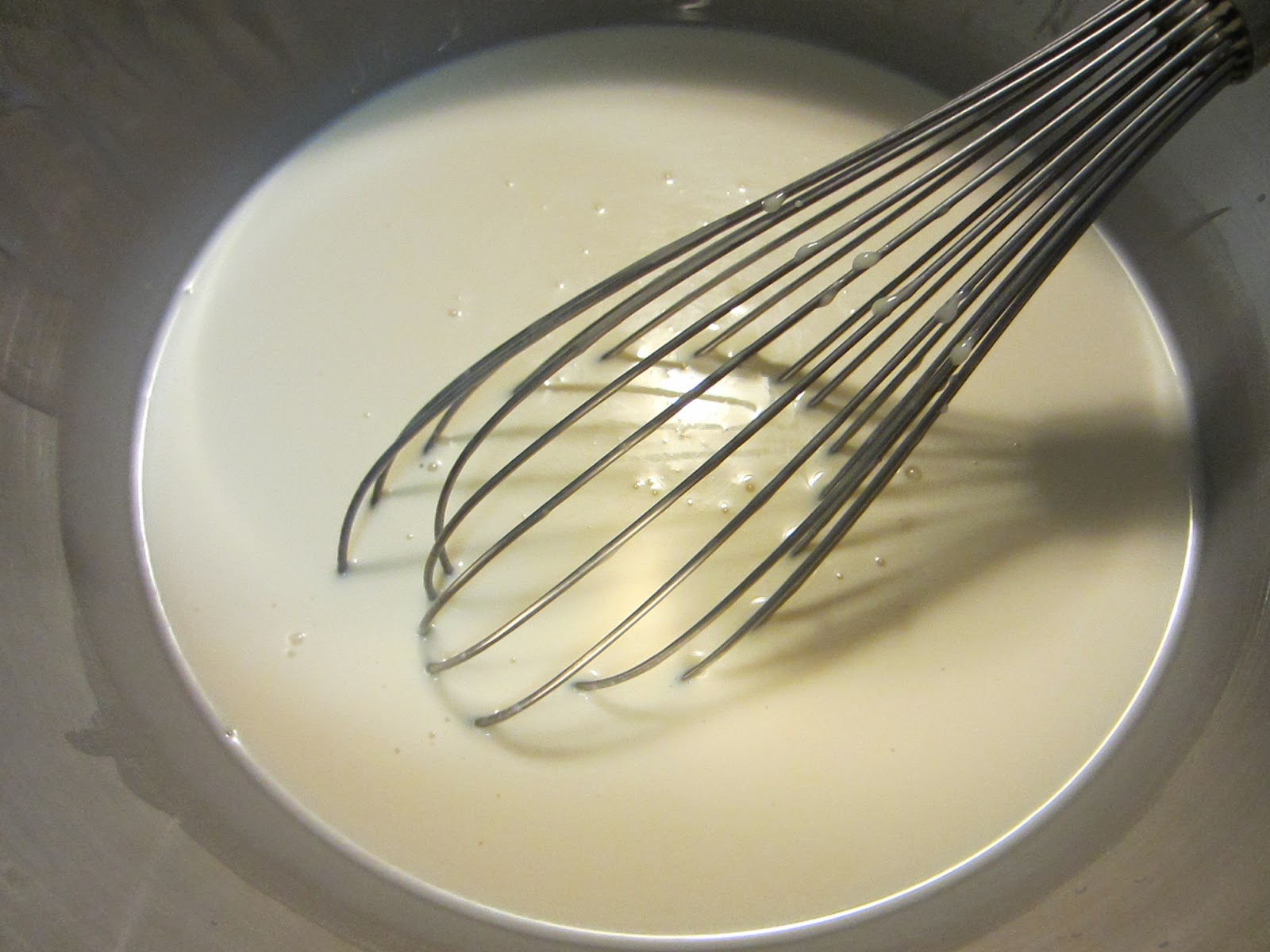Let's talk more knives! This time around, I'll touch upon some different types of knives commonly found in stores, their uses, and which ones you actually need (no, you don't need all of the ones that they sell in knife blocks).
The Two You Absolutely Need:
Chef's Knife/Gyuto: This one is the most important as you'll be using it for like 80% of your prep work from chopping onions to partitioning meat. They range from 6-12" in length and come in two general profiles - German and French. The German knife profile is conducive to the rock chopping, while the French profile favors push cutting. Gyutos usually occupy the middle ground between these two. My advice - get a good one that suits your cutting style and a length that you're comfortable with. You'll be spending a lot of time with it and it's worthwhile to splurge.
Chef's knife/Gyuto alternative - Santoku: The Santoku has gained quite a following in the US. They generally run shorter and flatter than a chef's knife and sport both a wide blade with a drop nose tip.
The Two You Absolutely Need:
Chef's Knife/Gyuto: This one is the most important as you'll be using it for like 80% of your prep work from chopping onions to partitioning meat. They range from 6-12" in length and come in two general profiles - German and French. The German knife profile is conducive to the rock chopping, while the French profile favors push cutting. Gyutos usually occupy the middle ground between these two. My advice - get a good one that suits your cutting style and a length that you're comfortable with. You'll be spending a lot of time with it and it's worthwhile to splurge.
 |
| Gengetsu 240 mm Gyuto |
Chef's knife/Gyuto alternative - Santoku: The Santoku has gained quite a following in the US. They generally run shorter and flatter than a chef's knife and sport both a wide blade with a drop nose tip.
Petty/Paring: Smaller than your chef's knife, but still one of the core knives you'll want to have. These are great for in-hand work and more delicate tasks like cutting and peeling fruit, zesting and tourning mushrooms. They range in length from about 3-7", depending on what you want to use them for. For a petty/paring knife, I prefer slim, thin, and agile knives.
Nice ones to have:
Bread knife: Usually run in the 8-12" in length and important to have if you cut a lot of hard and crusty bread or cakes. Get the longest one your board can accommodate. It's important to note that bread knives are serrated and, therefore, require a different sharpening procedure than straight edged knives.
Slicer: Nice to have for larger roasts and meats in general. They're significantly narrower and lighter than chef's knives and should sport a less refined edge than a chef's knife and petty. A toothier edge will cut through tough meat fibers with relative ease.
Beater: this usually describes a thicker chef's knife in a softer steel. Use it for rough tasks like splitting lobsters.
 |
| Misono UX10 150 mm Petty |
Nice ones to have:
Bread knife: Usually run in the 8-12" in length and important to have if you cut a lot of hard and crusty bread or cakes. Get the longest one your board can accommodate. It's important to note that bread knives are serrated and, therefore, require a different sharpening procedure than straight edged knives.
 |
| Tojiro ITK 240 mm Bread knife |
 |
| Hiromoto G3 240 mm Sujihiki |
Beater: this usually describes a thicker chef's knife in a softer steel. Use it for rough tasks like splitting lobsters.









.jpg)
.jpg)
.jpg)
.jpg)










.jpg)




